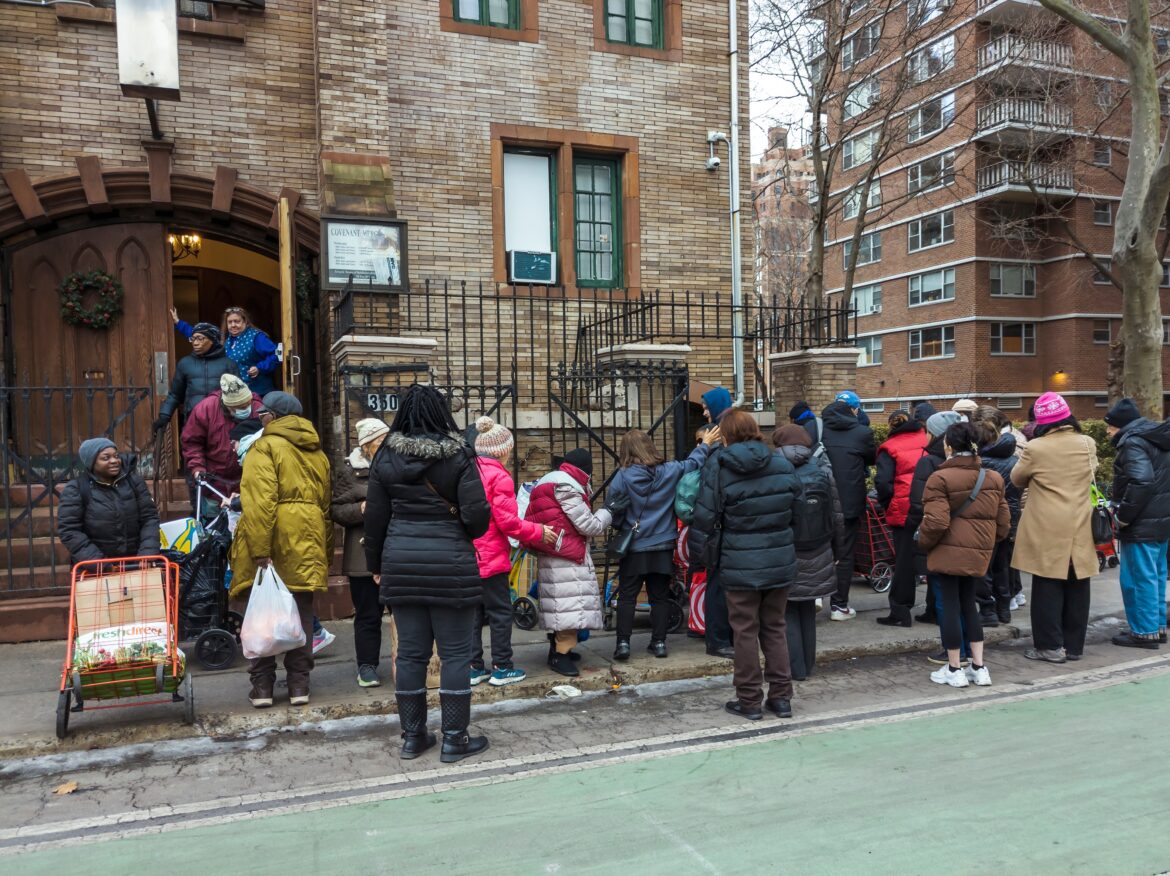What’s Hot: USDA delays food deliveries to pantries and funding for school meals
In another round of executive funding freezes, food banks and schools nationwide have found themselves without their usual shipments of food for the spring.
Congress had previously allocated $500 million to the USDA to fund the Emergency Food Assistance Program (TEFAP), which is responsible for food deliveries to pantries across the United States. This past week, however, the food banks that usually benefit from this program learned that these deliveries were not to come as scheduled, while the USDA was reviewing TEFAP.
Similarly, schools throughout the five boroughs were informed by the New York City Department of Education that, effective March 31, the Fresh Fruit and Veggie Program would be suspended for the remainder of the 2024–2025 academic year, as a direct result of the USDA’s $1 billion cuts to agricultural purchasing programs. Where students had previously been given fresh produce three days out of the school week, schools will now no longer be able to provide fruits and vegetables to supplement their usual cafeteria meals.
Watchdog: SNAP benefits at risk in Congress budget fight
While SNAP and other federally funded food access programs have previously been spared amid the Trump administration’s executive orders, the Republican-backed funding bill currently in Congress could imperil SNAP payments for Americans nationwide. As Democratic Party leadership debates their approach to the bill and the potential government shutdown that could result from opposition, millions of Americans risk losing full access to SNAP.
The bill as written entails a $230 billion slash to the USDA’s budget for agricultural spending, which includes funding for SNAP. If the budget is passed, state governments will be responsible for funding a portion of their own SNAP programs — a departure from a decades-long precedent in which SNAP and other associated food assistance programs have been fully funded by the federal government.
Placing the onus on states to even partially fund SNAP amounts to a cut in funding for a program used by 42.1 million Americans, and almost one out of every eight New Yorkers. This effective cut contradicts previous assurances from Trump and the GOP that those enrolled in SNAP, Medicare, Medicaid, and Social Security would not lose their benefits. While a recently passed continuing resolution keeps SNAP payments at status quo until September 30, what the future of the program will look like after that date is unclear.
Quote of the Month:
“This is perhaps the first moment in the history of food banking that we have seen record low unemployment and record high demand at food banks. Any circumstance that would cause even a modest increase in demand at food distributions will result in a food crisis.” – Vince Hall, Chief of Government Relations for Feeding America (via The New York Times)


